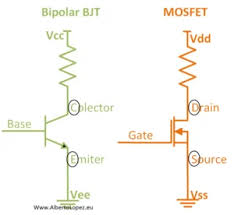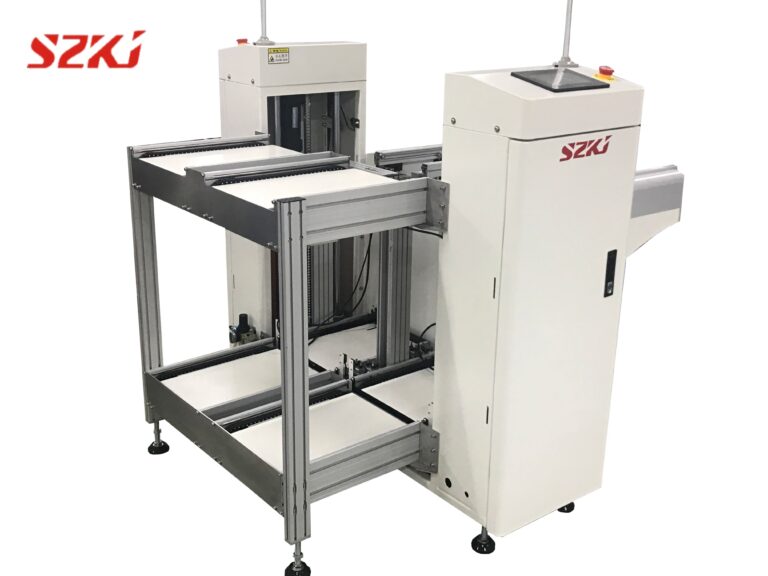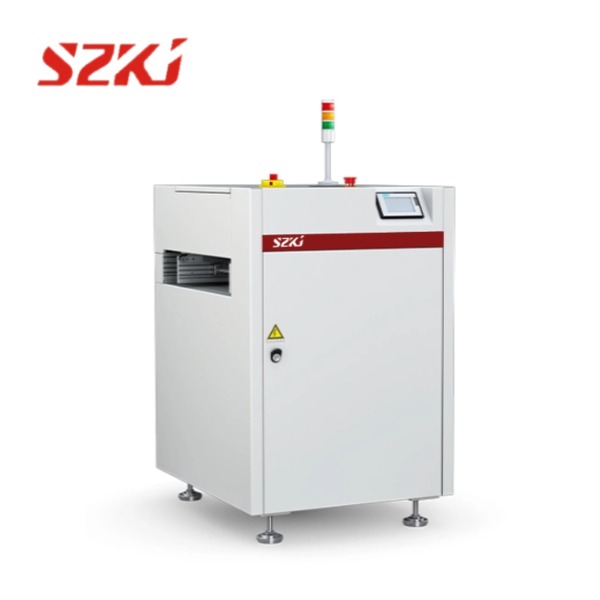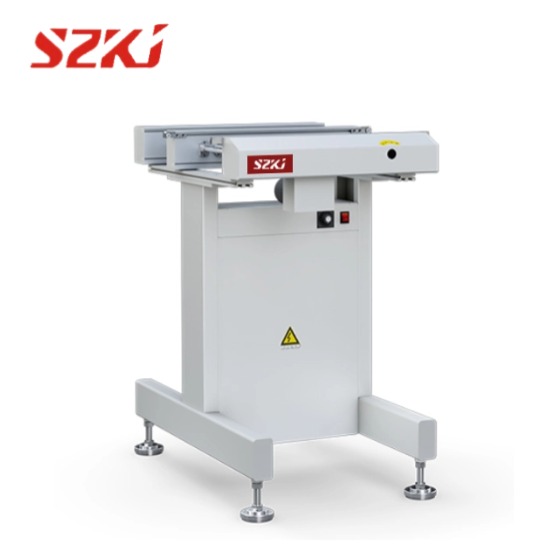Table of Contents
ToggleIn the field of electronics, choosing the right capacitor is essential for ensuring device reliability and performance. Among the various types available, the mica capacitor is widely recognized for its precision, stability, and durability. Though it may not be as commonly discussed as ceramic or electrolytic capacitors, the mica capacitor plays a vital role in high-frequency and high-reliability applications. It has found widespread usage in both consumer and industrial electronics, proving indispensable for systems where accuracy and longevity matter most.
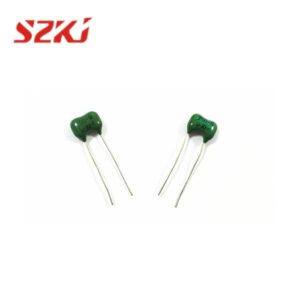
Key Characteristics of Mica Capacitors
Excellent High-Frequency Performance
One of the defining features of the mica capacitor is its outstanding performance in high-frequency circuits. Unlike other capacitors that may lose effectiveness at higher frequencies, mica capacitors maintain their capacitance with minimal loss. This is why they are often used in radio frequency (RF) applications, transmitters, oscillators, and filters, where frequency stability is non-negotiable.
Thanks to the low dissipation factor and stable electrical properties over a wide range of temperatures and frequencies, mica capacitors are an ideal choice for circuits requiring consistent and reliable performance under stress.
Robust Structure and Material Advantages
The internal structure of a mica capacitor is designed to deliver long-term reliability. These capacitors are typically made by layering metal foils or depositing a silver layer directly onto sheets of natural or synthetic mica. The stacked layers are then encased using thermosetting resins like epoxy or phenolic to provide environmental protection and mechanical strength.
This unique construction results in a device that is small, lightweight, structurally sound, and highly resistant to mechanical vibration and thermal expansion. Additionally, mica capacitors exhibit low dielectric loss, high insulation resistance, and a small temperature coefficient, making them ideal for use in precise electronic equipment.
Applications of Mica Capacitors
Versatile Use in Electronics and Communications
Because of their stability and performance, mica capacitors are commonly found in:
- Radio receivers and transmitters
- Television circuits
- Power amplifiers
- Oscillators and frequency filters
- High-voltage or RF circuits in industrial machinery
- Microwave and radar systems
These applications benefit from the mica capacitor’s ability to retain performance across wide operating conditions. Unlike ceramic capacitors, which can drift in value or lose reliability over time, mica capacitors continue to function effectively even after prolonged exposure to harsh environments.
Mica as an Insulating Material
Mica itself is a naturally occurring mineral known for its excellent insulating properties. Before the rise of advanced polymers and semiconductor devices, mica was widely used in capacitors and motors for its dielectric strength and stability. Although mica paper has replaced mica sheets in many applications, and vacuum tubes have largely given way to integrated circuits, mica remains a valuable material in high-reliability sectors.
Industries such as telecommunications, defense, aerospace, and power electronics continue to use mica capacitors because of their ability to withstand high temperatures and voltages without breaking down. Mica’s high chemical resistance, transparency, and ability to maintain its physical integrity even in extreme conditions make it an enduring choice in both traditional and modern designs.
Summary
In conclusion, the mica capacitor is a highly reliable and stable component widely used in high-frequency and high-precision electronic applications. With its robust construction, minimal signal loss, and ability to perform consistently under varying temperatures and frequencies, it stands apart from other types of capacitors. Whether for use in communication systems, power equipment, or military-grade electronics, the mica capacitor remains a preferred solution for engineers and designers seeking long-lasting, high-performance components.
Understanding the advantages and structure of mica capacitors helps manufacturers and technicians make informed decisions for product design, especially where quality, consistency, and electrical stability are critical.

